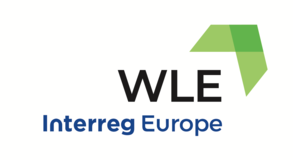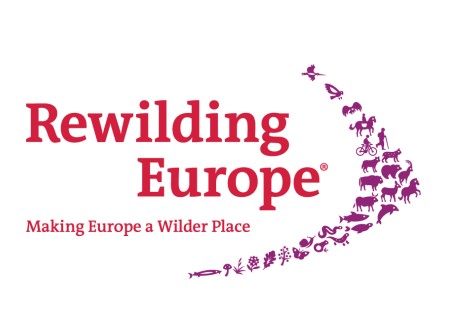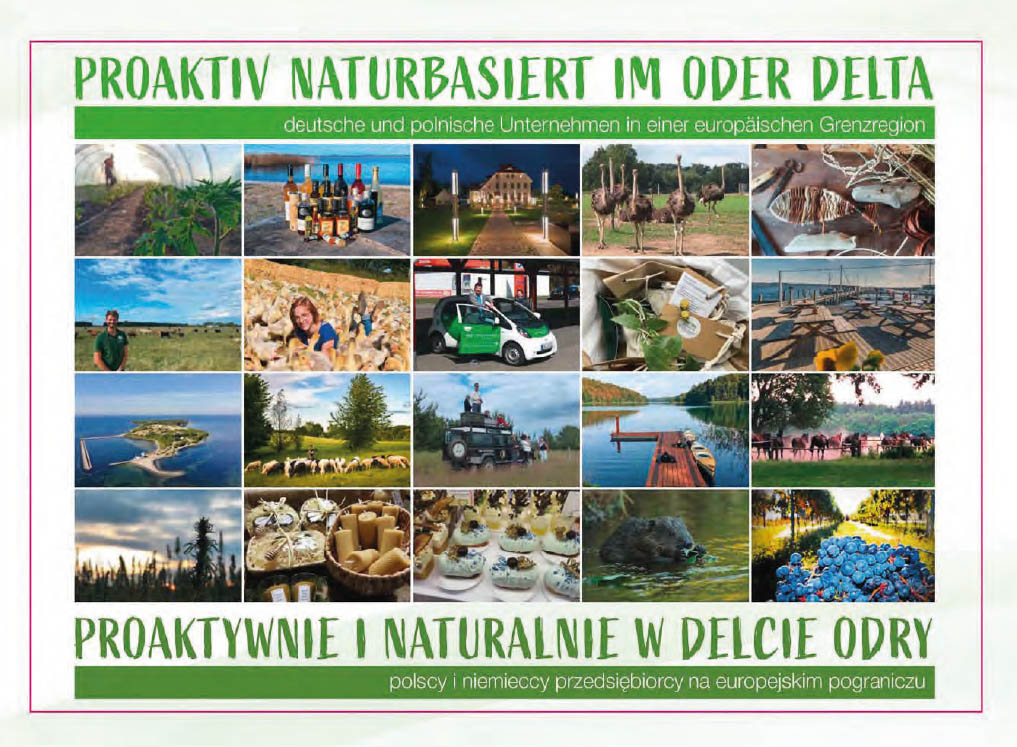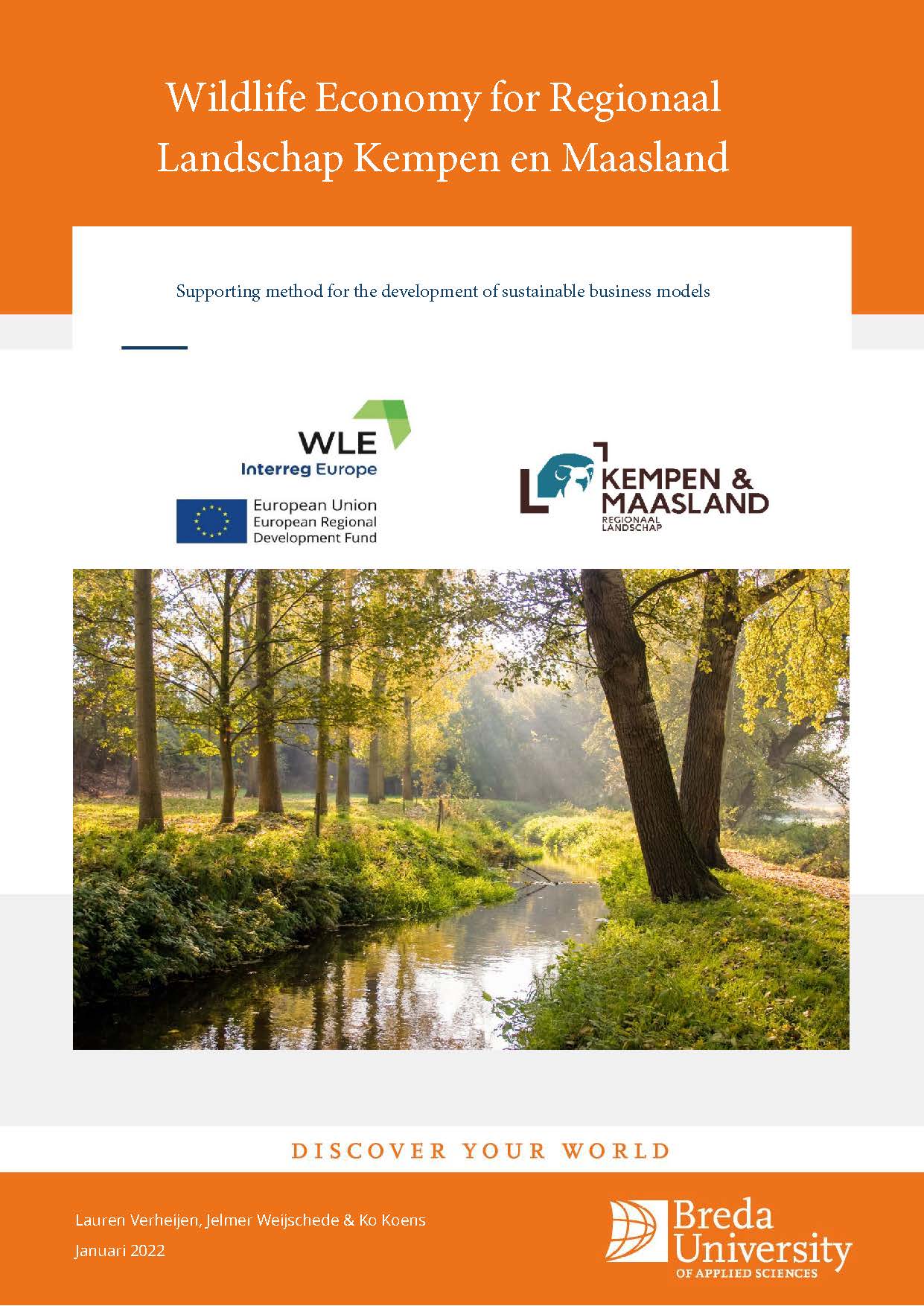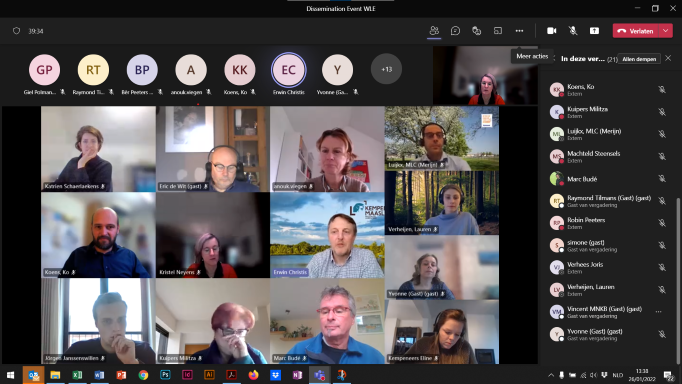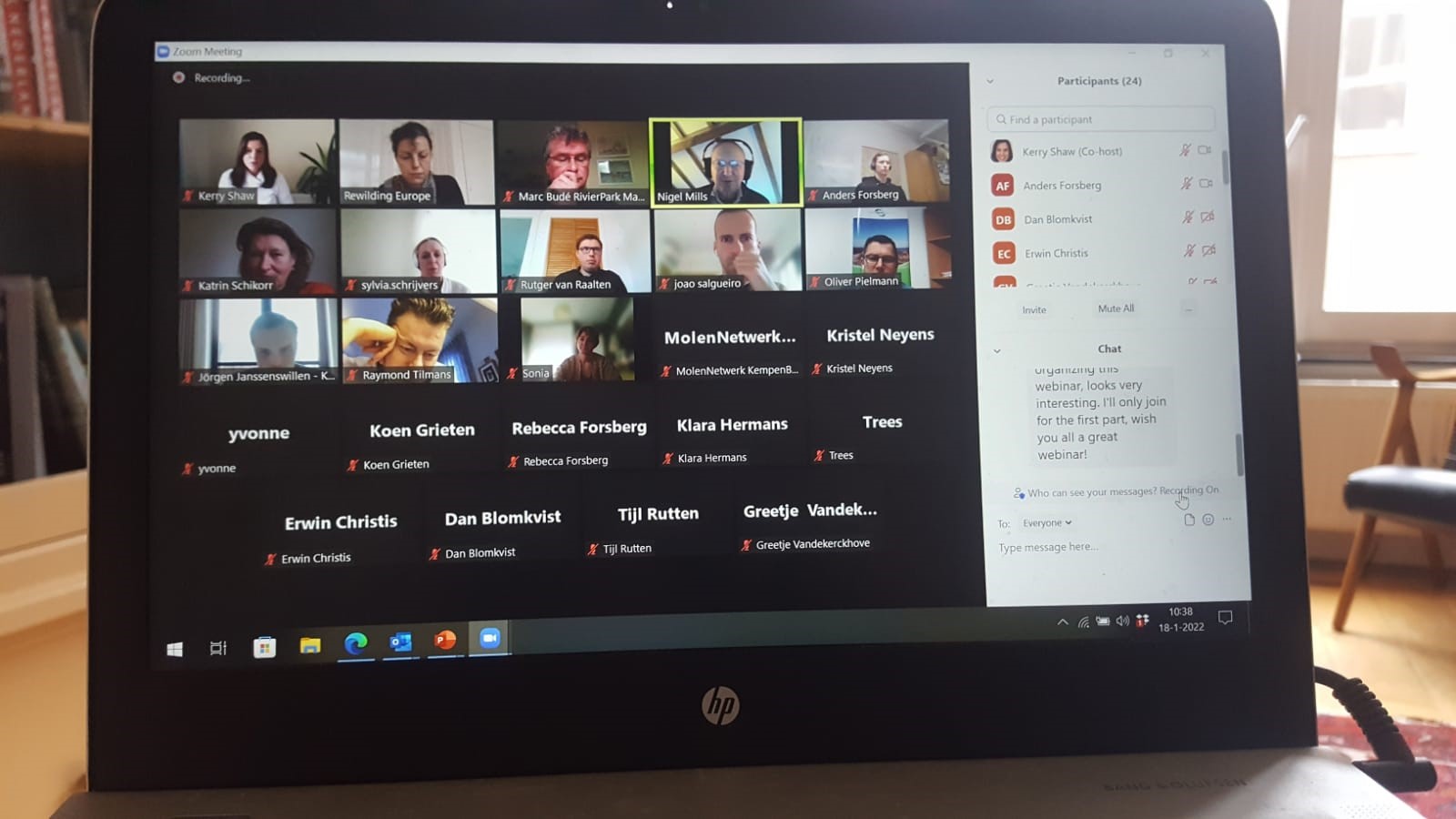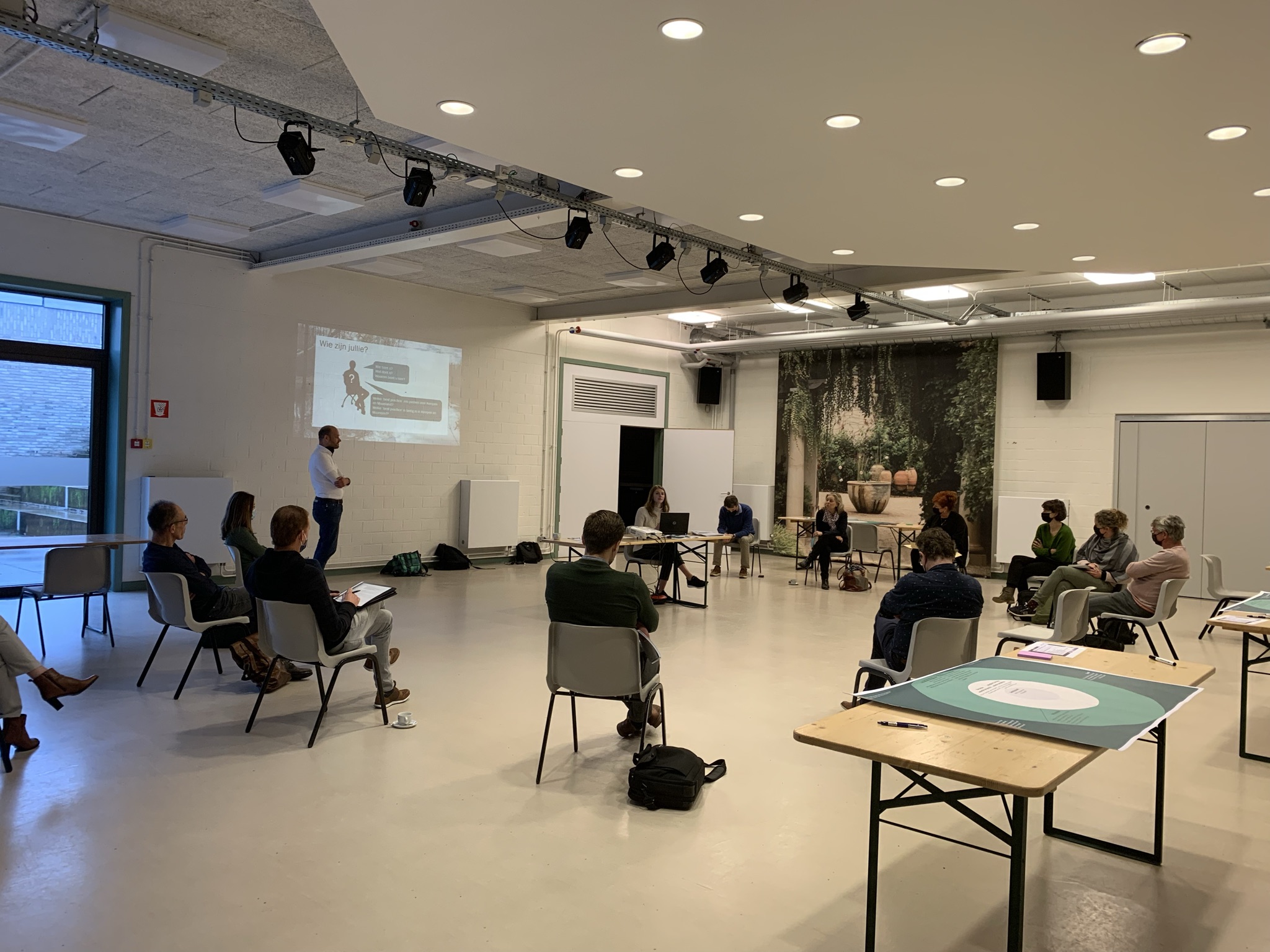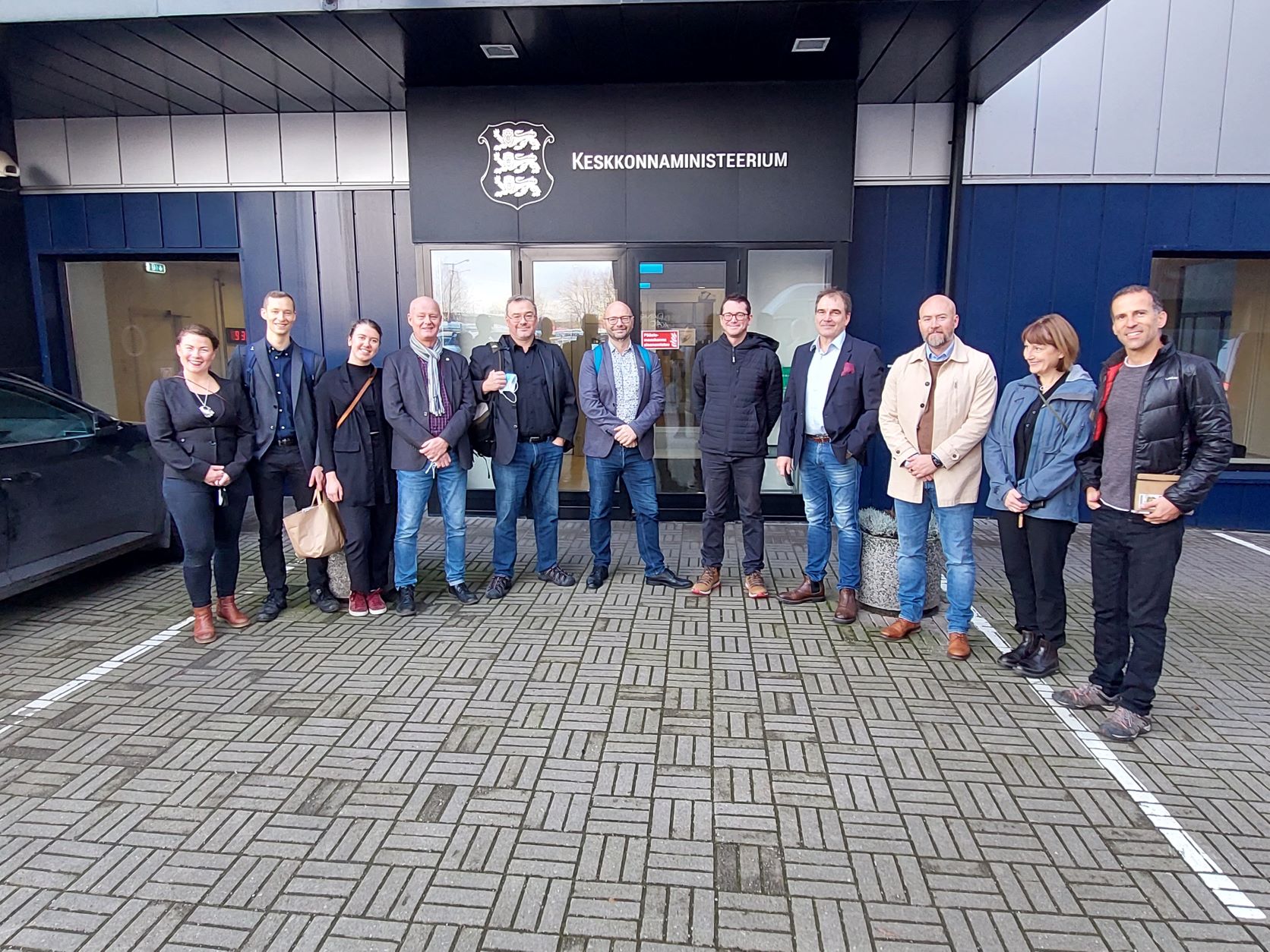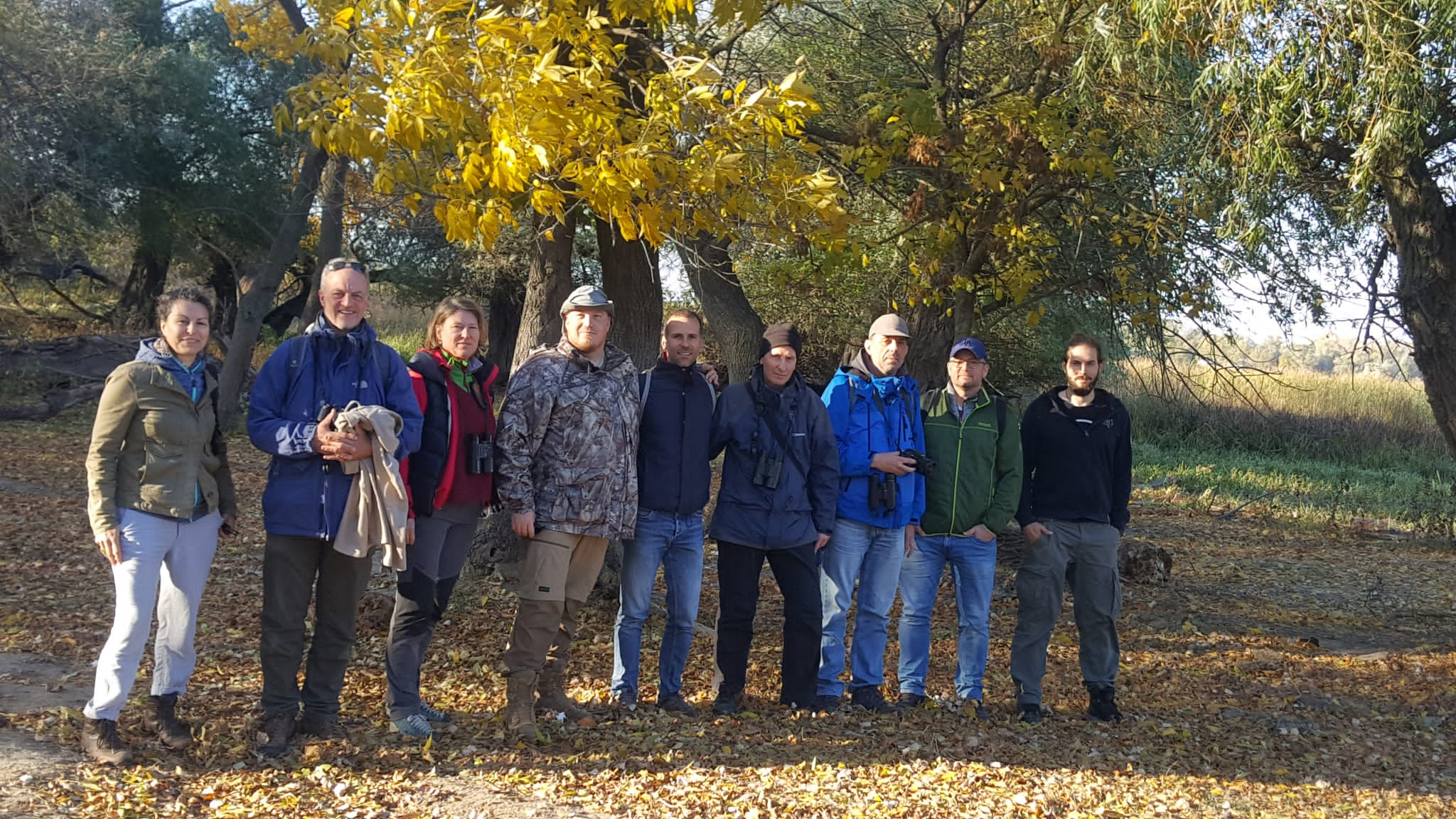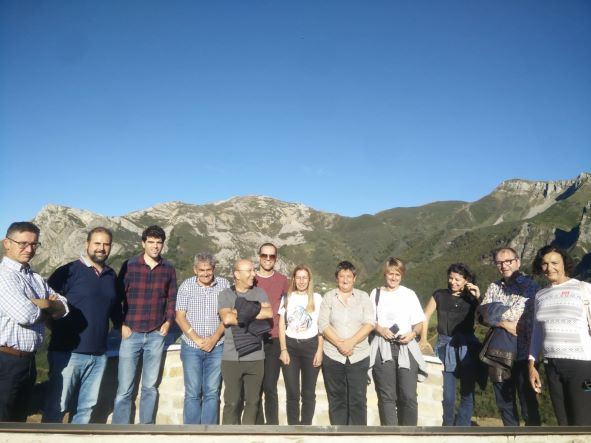Key learning points from study visit in Estonia
A study visit themed around salmon management was made by the Norrbotten region to Estonia in early November 2021. During three intensive days representatives from the County Administrative Board, Rewilding Sweden, Rewilding Europe, the Swedish Board of Agriculture, the Baltic Salmon Fund, the Swedish Anglers Association, , Kiruna Lapland tourism center and Destination Jokkmokk met representatives from the Estonian Ministry of Environment and local fishing stakeholders for a tour to key learning sites around Estonia.
- History and briefing on current salmon management in Estonia
The theme during the whole visit was the situation for salmon in Estonia. History of salmon from the Soviet to modern era, which rivers, conservation status, population size, threats and not least benefits to community in form of fishing and cultural importance.
- Fishing rights owner situation
Fishing rights ownership differs between countries and how it is structured is fundamental to management. We got to learn that fishing rights are state owned in Estonia which allows for a very effective top-down control which is hugely beneficial when management decisions need to be implemented swiftly.
- Fishing tourism sector, current and potential in Estonia
Although current fishing tourism is low the unused potential is high for development. We got to learn that Estonians have a high level of appreciation for fishing as recreation, being a prerequisite to build fishing tourism around. A small community of fishing guides are developing their businesses and connections were made to Swedish tourism stakeholders with us on the study visit.
- Dam removal situation, river restoration, successful removal site and prioritized future sites
Connectivity and river morphology are essential to fish migration and reproduction and therefore a priority in Estonia. Although salmon is often the poster species for these actions, the beneficial effects are not limited to fish. We got to visit the famous Sindi dam removal site where Estonia’s largest river -the Parnu - got opened to a very important migration pathway, as well as other key dam sites in progress. The total project cost was 15m€ of which 85% was contributed by the European Union Cohesion Fund and 15% by the Estonian state.
- Poaching situation and fishing control guard situation
Poaching is a substantial threat to Estonian salmon stock recovery as the caviar fetches high prices on the black market, making it an attractive source of income to less law-abiding individuals. Police and park rangers guard spawning sites during season but there is also a very active network of volunteer salmon guards who patrol important rivers.
- Other important fish species for management
As the fishing tradition is strong in Estonia we got to learn about other species of particular importance, such as sea trout and bream, and what type of management they require.
- National fish stocking programs and species reintroduction
Several fish species are stocked through governmental programs, some notable being salmon, whitefish and sturgeon. The study visit took us to the fish farm where the programs are based. Large investments have been made to the fish farm in later years, giving Estonia an advanced position in reintroduction and reinforcing fish stocking.
